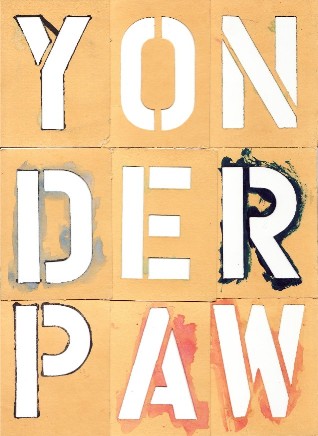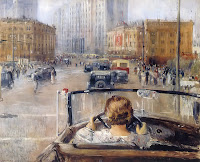On December 31, Timur Bekmambetov's Black Lightning opens in Russia. He's producing,
 rather than directing, as he did with Day Watch and Night Watch, but his hyperrealist visual style is definitely imprinted on this film. It's probably not a good thing that the movie has two directors.
rather than directing, as he did with Day Watch and Night Watch, but his hyperrealist visual style is definitely imprinted on this film. It's probably not a good thing that the movie has two directors.The plot involves a flying car—a Volga, the pride of Soviet Russia's car industry—that transforms a young man into a superhero so that he might ultimately protect Moscow from an evil force that seeks to mine the city's underground field of diamonds. The kid who stars certainly looks like Hayden Christensen's Anakin. It's also rather ironic that Russia's first superhero film, as Bekmambetov has described it, carries the same name as one of DC's first African-American superheroes. The latter

debuted in 1977 and seems much cooler. (This cover, by Eddy Newell, is from
1995).
The teaser trailer is pretty scant and doesn't whet my curiosity. The feature trailer has been pulled from the interwebs. The concept pictures do resemble Wanted (for what that's worth), or a modern-day Chitty Chitty Bang Bang, as io9 observed, but I can't help but think of the Wachowski's Speed Racer meets Herbie the Love Bug.










































